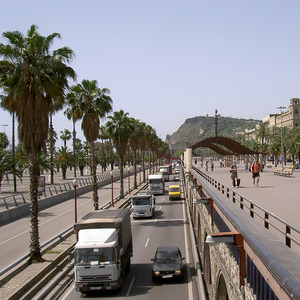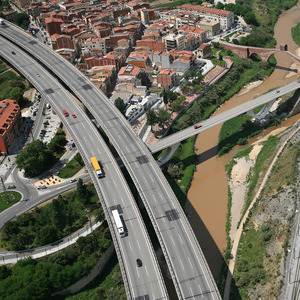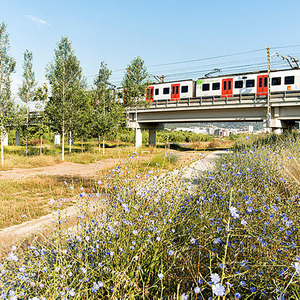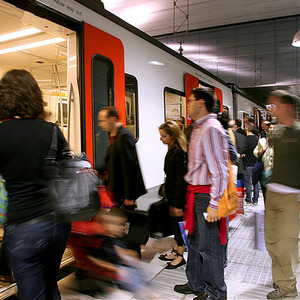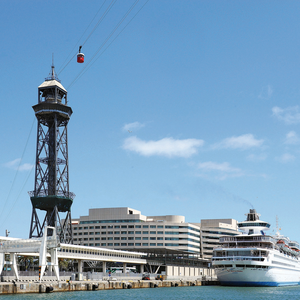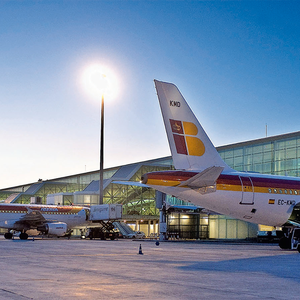The transport of people, goods, materials, waste, energy and water is vital for the smooth operation of cities. Each type responds to very different criteria and needs and accordingly they must be considered as a whole, from planning through to their construction and subsequent management.
Mobility and service networks and infrastructure
It is based on very different approaches and can therefore generate problems and dysfunctions when superimposed over other elements of the city. These networks must be integrated with minimal impact (such as that generated by railway lines crossing a neighbourhood, for example) and be open to the changes predicted to take place in the near future (energy model improvements, new means of transport, etc.).
SERVICES NETWORK
HIGH-CAPACITY MOBILITY INFRASTRUCTURE
-
Its role needs to be reconsidered to ensure that it is both a structural element of the metropolitan city and a basic support element for sustainable mobility. The metropolitan corridors, the main thoroughfares of the territory, must ensure the continuity, efficiency and safety of the mobility flows, and integrate them with the urban fabrics and open spaces.
-
-
-
This system, which is essential to the mobility of the metropolis, must be guaranteed in order to meet the needs of citizens who opt not to use private transport. Action needs to be taken on the nodes of the network, which lend coherence to the new areas of centrality and their development in relation to public transport accessibility, in addition to improving and expanding existing networks.
-
-
-
This includes the major mobility and logistics hubs like the port, the airport, Sants railway station and the future Sagrera station, and its territorial influence extends beyond the metropolitan area of Barcelona. Its strategic position generates a large volume of activities with high added value in its surroundings and, therefore, it will be essential to coordinate and plan, among other elements, the future airport city.
-
-
